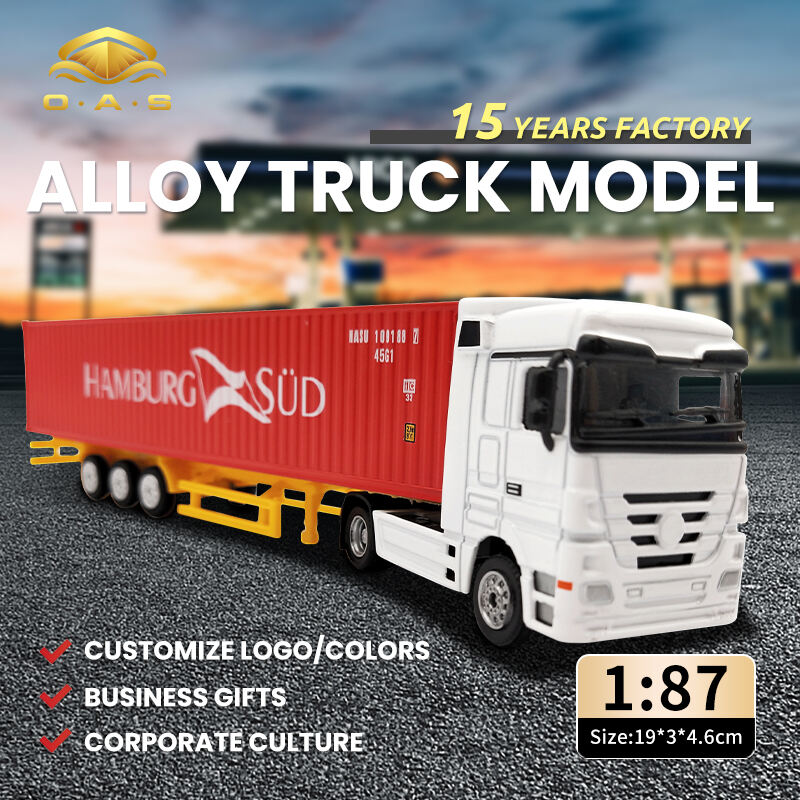
The Art of O.A.S Transportation Models: Notable Parameters of the Design Process
In the intriguing feature of a collector’s attitude to the O.A.S, it is possible to appreciate not only the beauty of the models but also the intelligence of their designers and engineers. The minimodels seen in this section obviously deserve respect as a symbol of the culture of the evolution of transport. Embodying the features of wild elephants, the product in question stands out with its brand aspiration and its production perfection.
The first stage of the design of O.A.S transportation models has the purpose of making a full-scale model oriented on research. Every model has been conceived using a real-object vehicle as a reference point. The designers analyze all the features of the vehicles including their shape, paint, and structural elements in order to reproduce them as they were. This attention to details is what elevates O.A.S and makes every item worth any collectors’ attention.
The same applies to O.A.S models: the herewith presented kits are made of quality materials, which further satisfies the collector’s needs and preferences. Every model is treated with attention to detail from the more advanced elements to the hand painted versions. This commitment to quality means that collectors will not just receive beautiful items, but items that are truly worthy of being called collectibles and utilitarian.
Apart from the appealing factors, functional features are often found in O.A.S transportation models. However, many of the models have functional moving elements on the toys, which makes it possible for the collectors to play around with the shelves. This playing enhances the basics of modeling bringing life to the usually still models turned on by the light.
The impact of O.A.S transportation models on education cannot be overemphasized. They are effective means of teaching subjects related to the development of means of transportation, engineering, and design and are therefore used in school classrooms and museum facilities. This method of using models will enable instructors to employ technology and design in an attractive way to the students, leading to a greater love for transport in general.
And, more interestingly, additional materials are provided with O.A.S transportation models describing the meaning and history of each vehicle. Narration adds to the enjoyment of such collecting as well as to the educational process so that the audience is encouraged to turn the pages and to investigate the stories related to various models.
In shorter terms, O.A.S transportation models are pure works of artistry, mastership, and culture, if such can ever be identified. Their beauty, engaging elements, and educational importance makes them perfect for any collection. These exceptional items, which belong to enthusiasts and the general public, will provide great satisfaction as they are representative of the history of transportation.